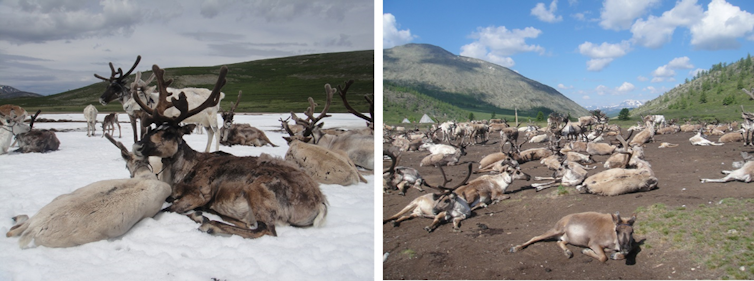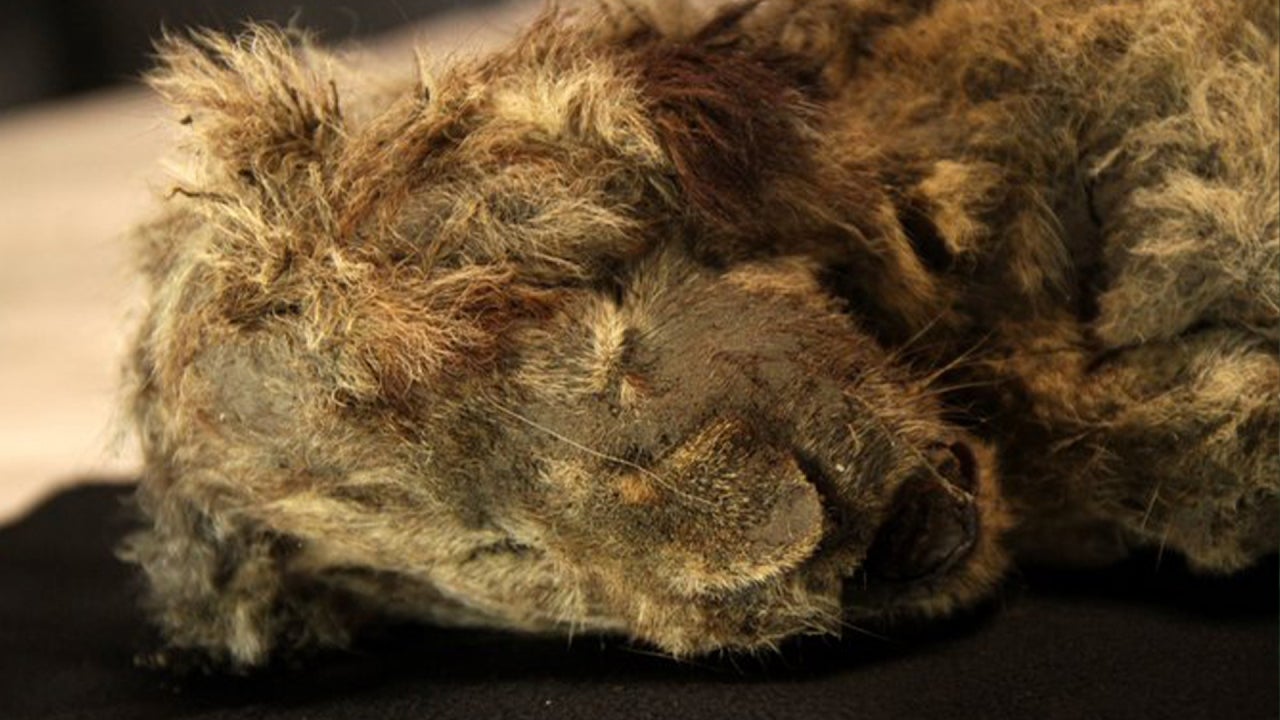LockerRoom
Phenomenal Kiwi trail runner Ruth Croft reveals the tricks to surviving her very first 100-mile race in scorching situations, and be the 2nd female dwelling.
As Ruth Croft ran by means of the searing warmth deep in the canyons of Californian gold place, she jingled like a reindeer.
The lauded Kiwi extremely-runner understood she’d encounter bizarre new experiences in her first-at any time 100-mile race – the historic Western States Stamina Run. But no-just one had warned her about this one particular.
At every of the 20 assist stations alongside the 161km route, every runner could consider 5lbs (2.2kg) of ice.
So Croft, who’d comprehensively researched how to combat the warmth – which she reckons hit 41 levels Celsius – place the ice cubes almost everywhere she could.
“I experienced a pack for the very first 100km and at every help station I was obtaining ice chucked in the again of my pack, ice down my sports bra, ice in arm sleeves and ice bandanas… tied around my neck,” she instructed the Grime Church Radio podcast.
“Then you’re like Rudolph the purple-nosed reindeer, running together with these bells ringing as you operate.”
The athlete who hails from the West Coast town of Stillwater, also took onboard information to soar into the rivers at the base of the canyons and “have a swim to try out to get your main temperature down right before you climb out of the canyon.
“You leap in the river and you really don’t














/https://specials-images.forbesimg.com/imageserve/604ad3acf728cc29468fec2e/0x0.jpg?cropX1=0&cropX2=846&cropY1=47&cropY2=523)








![See Inside the Amazing Homes of State Music’s Queens [Pics]](https://townsquare.media/site/204/files/2020/08/tim-mcgraw-faith-hill-mansion-california-pictures.jpg?w=1200&h=0&zc=1&s=0&a=t&q=89)












